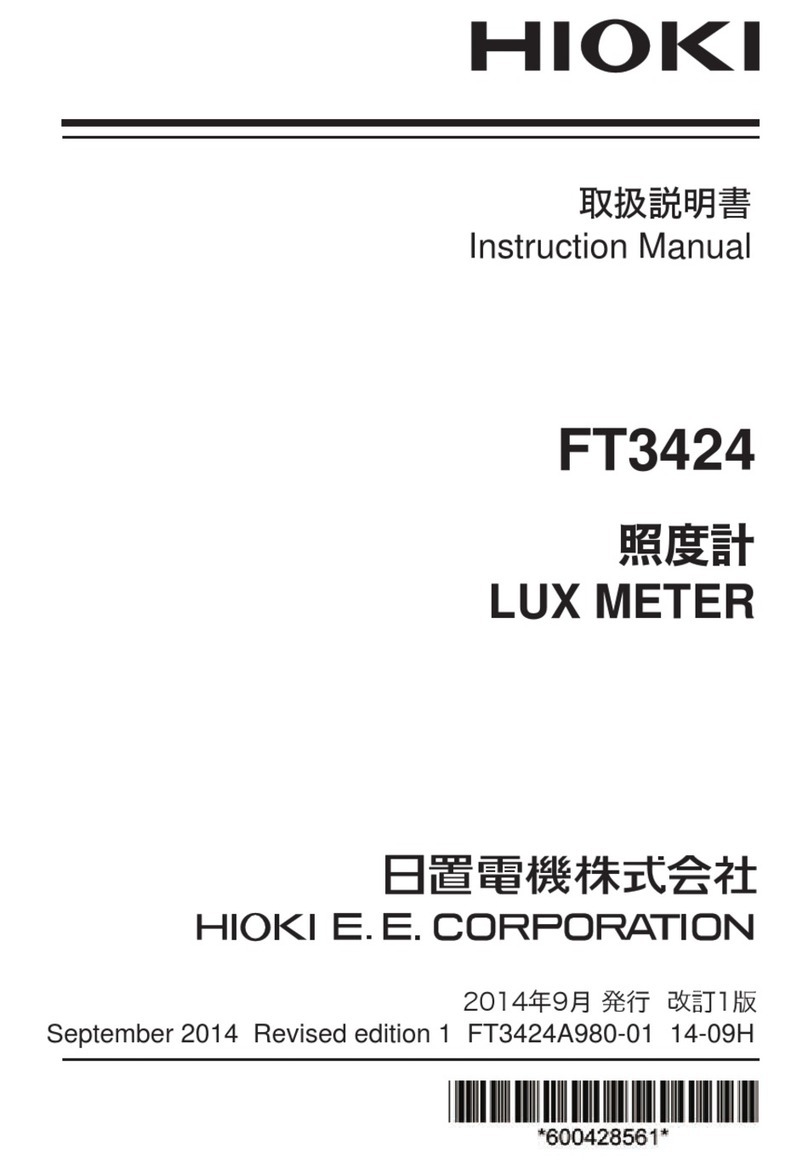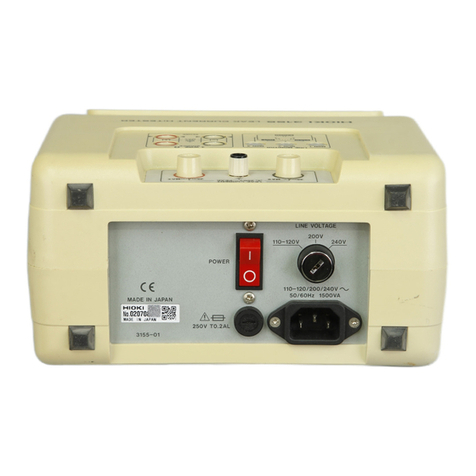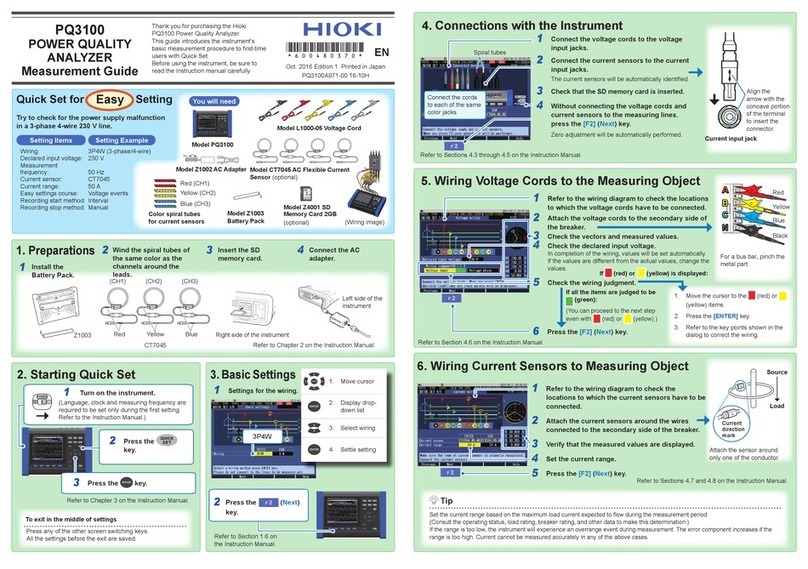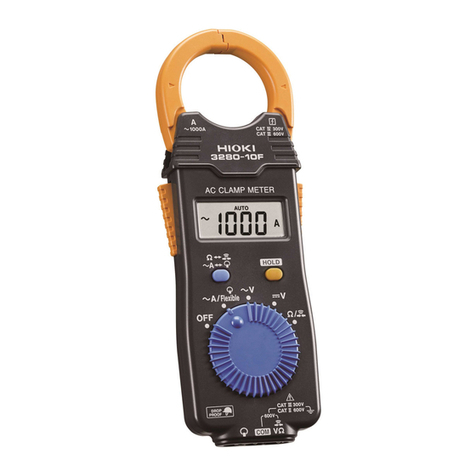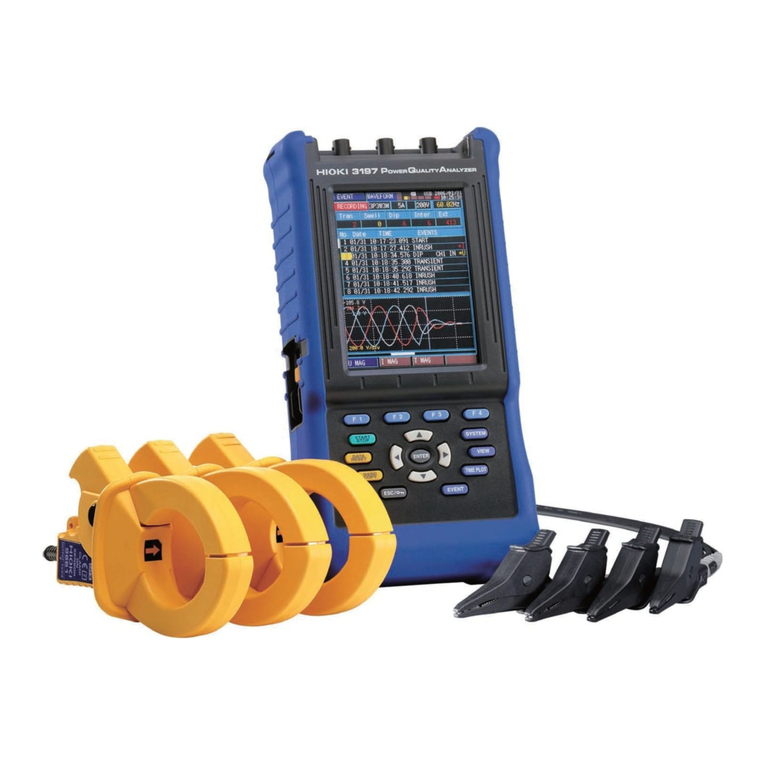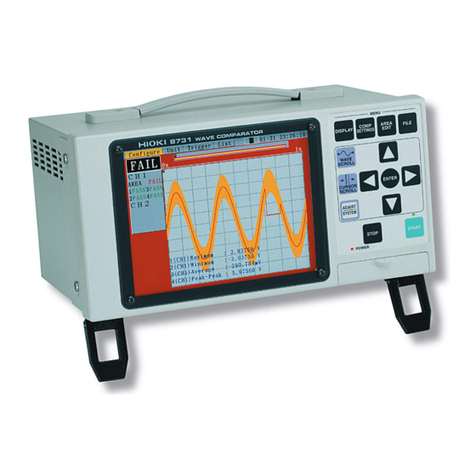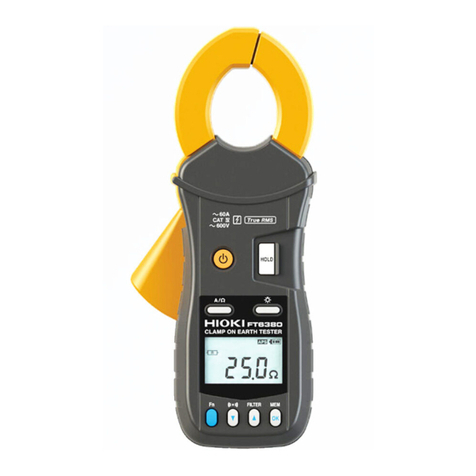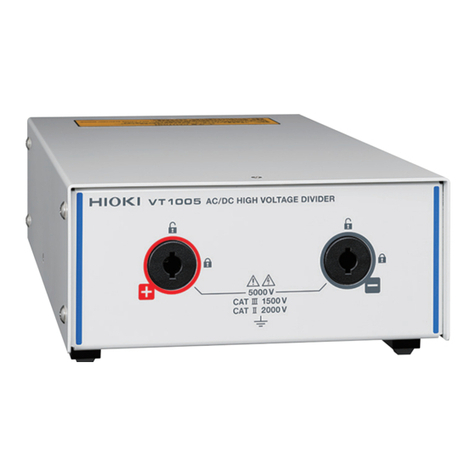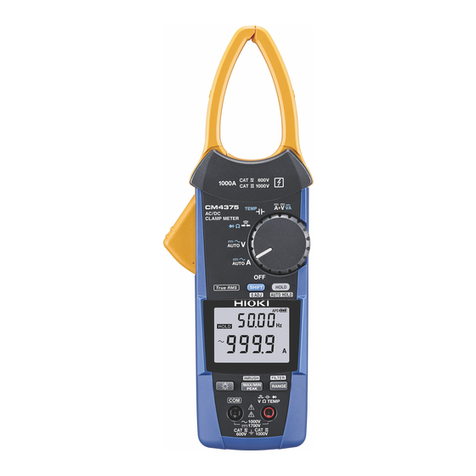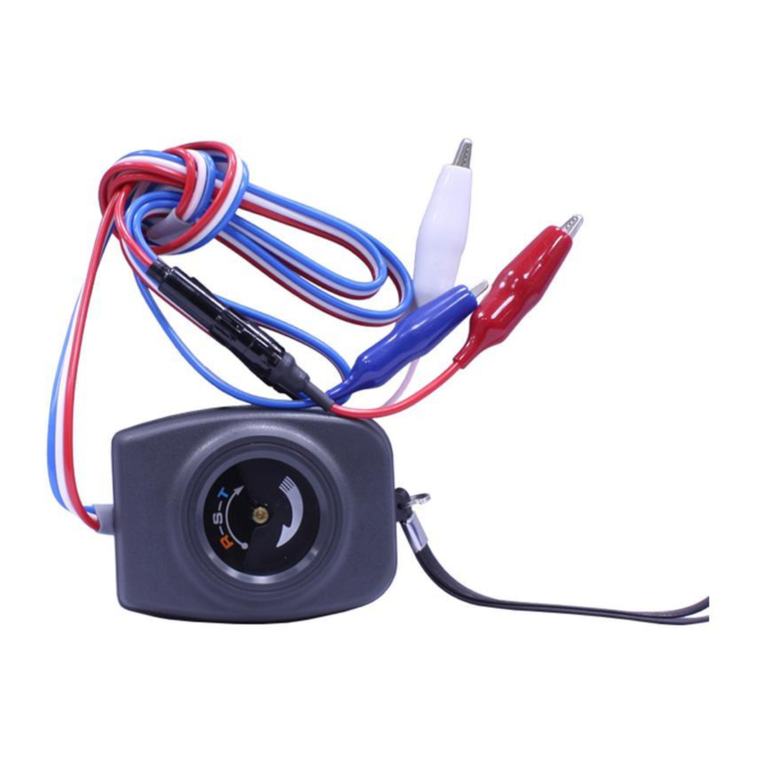
i
Contents
Introduction.........................................................................1
Checking Package Contents.............................................1
Safety Information..............................................................2
Operating Precautions.......................................................7
1 Overview 11
1.1 Overview and Features.................................11
1.2 Parts and Functions......................................13
1.3 Liquid Crystal Display ..................................15
2 Pre-measurement Preparation 19
2.1 Flow of Measurement ...................................19
2.2 Installing/Replacing the Battery ..................20
2.3 Inspection Prior to Use.................................23
2.4 Attaching the Hand Strap.............................24
3 Performing Measurements 25
3.1 Measuring Leakage Current.........................25
Locating an insulation failure....................................28
Selecting the measurement range............................29
Setting a slower display update rate (SLOW)...........30
Setting a faster display update rate (FAST)..............30
Measuring an intensely uctuating load current .......31
Obtaining bar graph displays (BAR GRAPH) ...........32
Displaying the frequency (Hz)...................................33
Measuring load current.............................................34
3.2 Reducing Noise
(Filter Function – FILTER).............................35
3.3 Hold Data (Data Hold Function – HOLD).....36
3283C981-00
